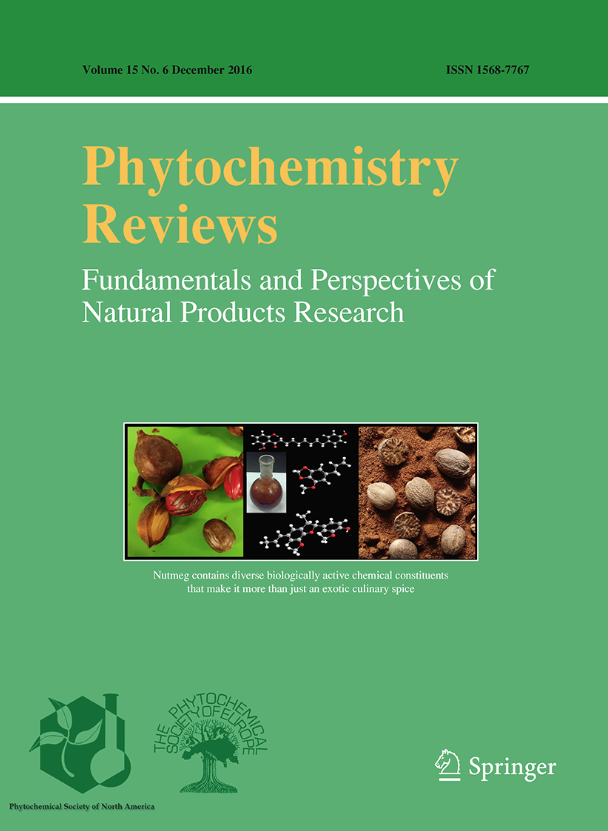The isolation of pure compounds from extracts represents a key step common to all investigations of natural product (NP) research. Isolation methods have gone through a remarkable evolution. Current approaches combine powerful metabolite profiling methods for compounds annotation with omics mining results and/or bioassay for bioactive NPs/biomarkers priorisation. Targeted isolation of prioritized NPs is performed using high-resolution chromatographic methods that closely match those used for analytical profiling. Considerable progress has been made by the introduction of innovative stationary phases providing remarkable selectivity for efficient NPs isolation. Today, efficient separation conditions determined at the analytical scale using high- or ultra-high-performance liquid chromatography can be optimized via HPLC modelling software and efficiently transferred to the semi-preparative scale by chromatographic calculation. This ensures similar selectivity at both the analytical and preparative scales and provides a precise separation prediction. High-resolution conditions at the preparative scale can notably be granted using optimized sample preparation and dry load sample introduction. Monitoring by ultraviolet, mass spectrometry, and or universal systems such as evaporative light scattering detectors and nuclear magnetic resonance allows to precisely guide the isolation or trigger the collection of specific NPs with different structural scaffolds. Such approaches can be applied at different scales depending on the amounts of NPs to be isolated. This review will showcase recent research to highlight both the potential and constraints of using these cutting-edge technologies for the isolation of plant and microorganism metabolites. Several strategies involving their application will be examined and critically discussed.



